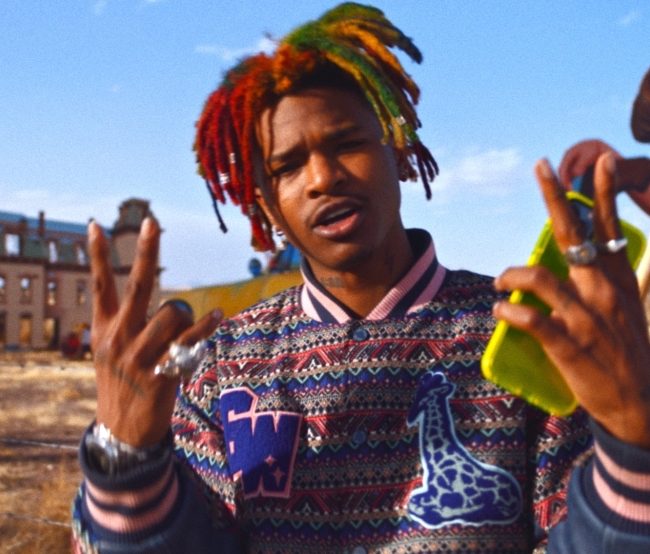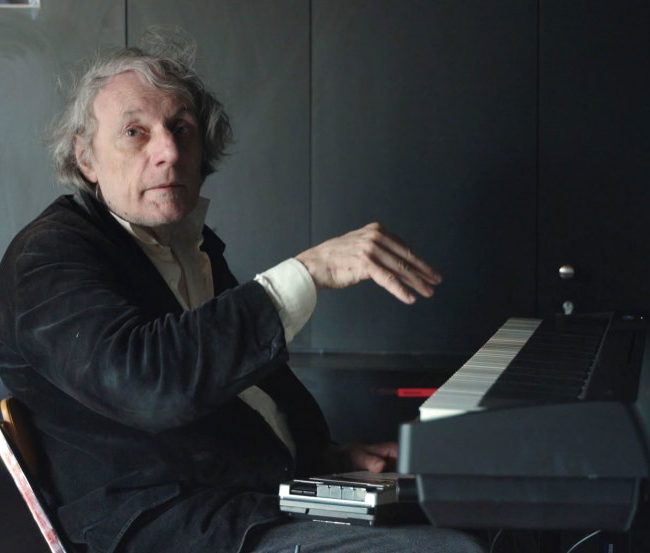A Conversation with Maggie Greenwald (THE BALLAD OF LITTLE JO)
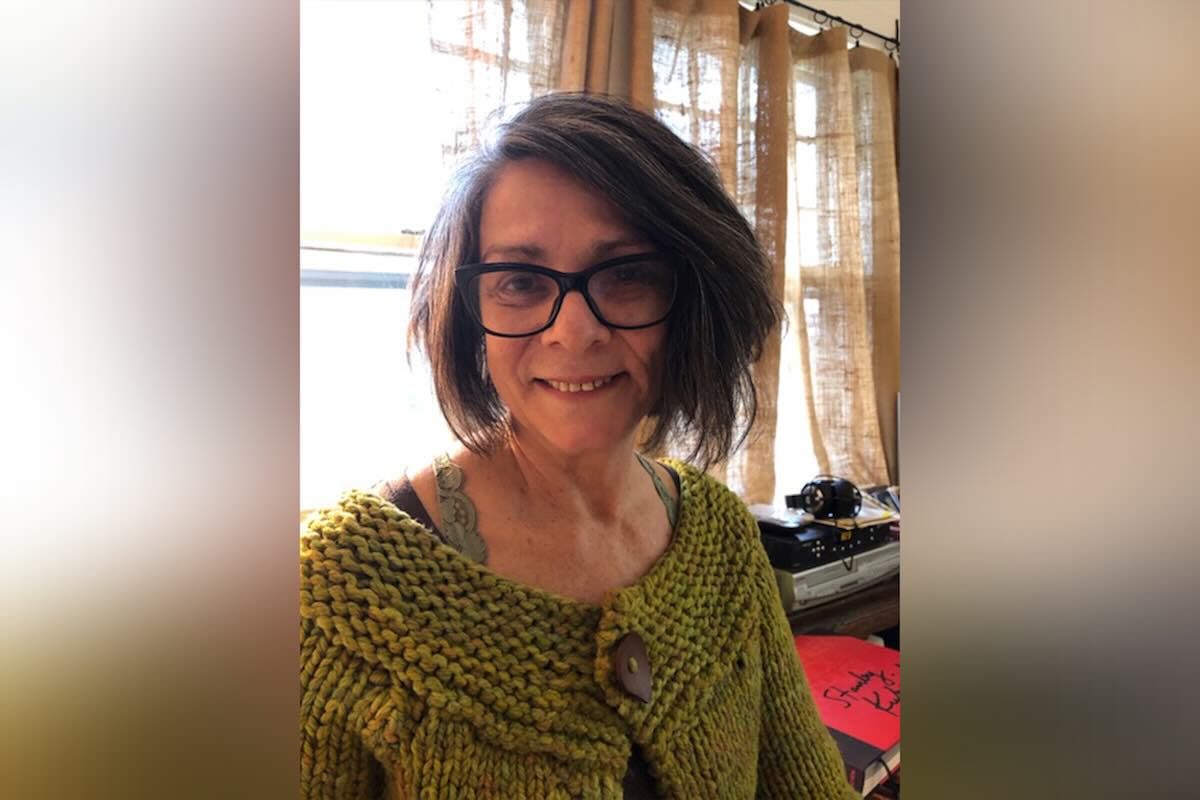
Veteran director Maggie Greenwald made what many, including her, consider her most-celebrated work, The Ballad of Little Jo, in 1993. Now, 30 years later, courtesy of Kino Lorber, there comes a brand-new Blu-ray release featuring an HD master of the movie taken from a 4K scan of the original 35mm negative. The disc also provides a commentary track with Greenwald and cinematographer Declan Quinn, as well as a short interview with lead actress Suzy Amis. The audio-visual quality of the digital transfer—supervised by both Greenwald and Quinn—is beautiful, which should make fans and new viewers alike quite happy.
The Ballad of Little Jo follows the story of Josephine Monaghan (Amis), a 19th-century American woman forced to leave home; her father kicks her out after she has an unplanned pregnancy while unwed. Assaulted by men along her journey, Josephine decides to put on men’s clothes and become “Jo,” thereafter living as a man. As such, she gains freedom and respect, though she has to work hard to maintain both. Along the way, she makes friends, and even takes a lover. The film is an evocative, feminist narrative set against the kind of Western backdrop that traditionally has been reserved for men.
On the occasion of the Blu-ray release, I had a chance to chat with Greenwald via Zoom. Like me, she is a college professor, but at Sarah Lawrence. What follows is a transcript of our conversation, edited for length and clarity.
Hammer to Nail: How much of the story of The Ballad of Little Jo is taken from the life of the actual person who inspired the movie, and how much is your own invention? I watched Suzy Amis’s 14-minute interview on the Blu-ray, and she talks about that inspiration, which is why I ask.
Maggie Greenwald: I’m so happy you asked because one of the unfortunate things that happened when the movie first came out in 1993, which is that people thought it was a biopic. It is not. I made up the whole thing.
HtN: Really?
MG: I did. Except for the existence of the actual “little Jo Monaghan.” I found an obituary from some newspaper in Idaho. I stumbled upon it. It was just luck. And all that was known was that he had been—he/she/they, we’ll use the current terminology—they had been … there were letters and there was a photograph of Jo as a debutante and nothing was known. So there was an illegitimate child, but nothing was known about Josephine Monaghan from the time they left Buffalo, New York, and came out west and lived their whole lives out there, kind of earning a living just as a ranch hand, living a pretty meager existence. And then when they died, it was discovered that they were a woman.
HtN: So that was the foundation upon which you then built your robust narrative.
MG: Yes.
HtN: But you clearly did a lot of research into the time period, and I’m sure you watched plenty of Westerns. What was your process of research in order to create this story filled with period-accurate details?
MG: I am a huge Western fan. I grew up watching them with my father. I love them. I’ve always loved them. And after my film, The Kill-Off, I just felt like I was ready to make a Western but I knew I didn’t want to do something like tell the story of the woman in High Noon, even though she’s very interesting.
HtN: Do you mean the Katy Jurado character in High Noon or the Grace Kelly character?
MG: The Grace Kelly character.
HtN: I’ve always liked the Katy Jurado character and want to know her story.
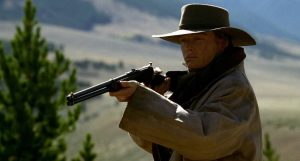
A still from BALLAD of LITTLE JO
MG: You know what? Today that would be the story I’d go for. Although it may not be my story to tell. But as far as the process goes, I did go to the library and bookstores and I primarily took out books of photographs, histories that had a lot of photographs in them. And I wrote the whole film inspired by the photographs. And usually contained in those books with the photographs was information that related to the photograph or the history. Working with the photographs was incredibly inspiring. And it’s also the earliest period of photography. So the images were very evocative, very powerful, very inspiring. And when we went to make the film, I had a huge file of photographs from the period that I used to work with the production designer, Mark Friedberg, as well as with Declan Quinn, the cinematographer.
HtN: Speaking of Declan Quinn, I haven’t yet watched your film with the commentary track on (though I did re-watch the movie), but it’s you and Declan Quinn doing it. What kinds of things would we learn if we watched it listening to the two of you?
MG: I don’t know how much you’d learn. You’d hear a few fun stories about things that happened and how we decided to do things in a certain way. I don’t know that it was a particularly cinematically rigorous commentary. It was two old friends schmoozing about this beloved film that we made together.
HtN: Well, sometimes those are the best commentaries. There’s nothing wrong with two old friends reminiscing. That can be quite entertaining and informative.
MG: And it had been a long time. And although we’d been working with the colorist on the restoration, we hadn’t really thought about the making of the film in a long time, and we didn’t prepare anything. So it’s very off-the-cuff and hopefully a lot of fun.
HtN: Speaking of the colorist, this is not the first time this film has been available on video. How would you describe what’s new and improved in this Kino Lorber Blu-ray from the previous video transfers?
MG: I would just say that it’s different. It’s cooler. The original was very golden and luminous, and this is cooled down and more contemporary. That was in the style of the coloring.
HtN: That’s interesting. The original 35mm print that was theatrically released in ’93, that was more golden?
MG: Yes, and luminous. I think to some extent the digital doesn’t … there’s a lot of density to the original, it’s 35 and digital doesn’t do that, so we had to make other choices. So we went in a slightly different direction. Some of it, we came very close, but other places it wasn’t possible.
HtN: You said you felt you were ready to make this, but do you feel like your two previous films prepared you adequately for making The Ballad of Little Jo, or was there a lot you still had to “learn by doing” on this third feature?
MG: Well I didn’t go to film school, so my whole process has been to learn while I’m making films. I always, to be honest, end up with a feeling where with my second film I wish it were my third, my third film I wish it had been my fourth. I love them, each film passionately while I’m making them. And then I don’t look at them for a while. I’m sort of done and not comfortable looking at them. Can get too wrapped up in what I wish I’d done or what to do differently because I’m ready to make another film. So it’s a normal part of the process. But I learned an enormous amount making the film, an enormous amount.
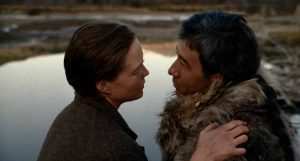
Suzy Amis and David Chung in THE BALLAD of LITTLE JO
HtN: Suzy Amis, in that Blu-ray interview, talks about the casting process from her perspective, but I’d like to hear from you, now, why you chose her. She mentions how everyone else in the room was dressed in male clothing and she showed up in the complete opposite. What did you see in Suzy Amis that made you want to cast her?
MG: I saw a cowboy. Even though she walked in with pink mules and a pink bow in her hair and Capri pants, I saw someone who is really androgynous and very powerful. She’s physically a very powerful person, and she has, looking back on it, a lot of Clint Eastwood’s characteristics in a funny way. She’s tall, she’s lean, she has delicate but distinctive features. And I also just loved her waist-length strawberry blonde hair …
HtN: (laughs) Which you forced her to cut off.
MG: Well it was part of the deal. And I mean, look, if she had said, “I really can’t do it, I’m going into another movie” … But it was part of what made her the right person for the role in that she said, “Yeah, I want to do it.” She’s a hair girl. She’s always had really long hair. She’s always the girl with the hair, this amazing hair. It’s always been long. It grows really fast. So it was a really powerful creative acting experience for her to cut it off. And that’s part of what made her the right person for the role, that willingness to do that. Incredibly moving to shoot.
HtN: She says as much in the interview. The Clint Eastwood comparison is really interesting because I can totally see that. And then one of the things that impressed me about her is at one point we see some of her arms after she’s been living as Jo for a while, doing the work as a sheep herder and farmer. I mean, she’s strong. She’s got guns. And so with her physicality, you can totally see how people would’ve accepted her as a man.
MG: Yes.
HtN: So it works for that character and she is really, really well cast.
MG: Thank you.
HtN: Yeah. You’ve also got a very impressive cast beyond Suzy. We’ve got David Chung, who is excellent in the part, Bo Hopkins, Ian McKellen, René Auberjonois and Heather Graham, and then a surprisingly unrecognizable Melissa Leo as Mrs. Gray. How did you find these people? They’re all terrific.
MG: Well, it’s the upside, I think, of being an independent filmmaker, working out of New York at the time; people were game. I love Bo, and The Wild Bunch is one of my favorite films; the opening sequence in that, with Bo during the bank robbery, is in my mind. And I also loved him in Midnight Express as a CIA agent. I think he’s incredible in that.
Ian had finished his Richard III tour, and had only, I think, ever done one movie—one or two movies—in England. He’d been in Scandal and wanted to start to have a movie career. So his agent called and said, “What do you think?” And I was like, “Really? This Shakespearean guy wants to be in my film?” So I went down and met him while he was on tour, and we really connected around the role, and we both felt it would be a wonderful experience.
René Auberjonois came in to read for me, and René in McCabe & Mrs. Miller is just a gem. I don’t know how game people are now, but they were at that time. Serious actors were interested in the small character roles in interesting films.
HtN: For me, René Auberjonois is of course forever associated with the TV show Benson, and I will always love him because of that.
MG: He was a wonderful actor.
HtN: Indeed. So, looking back now over your own work, where would you say The Ballad of Little Jo sits in the Maggie Greenwald canon?
MG: I think it’s really my signature film. I think others view it that way, also. I love The Kill-Off, but The Kill-Off‘s based on someone else’s novel. And I do feel that if people think of me at all, they will think of The Ballad of Little Jo.
HtN: Well it is a very powerful film, and very effective. And it’s great that it has this brand-new Blu-ray that everyone can get, and then listen to you and Declan Quinn talking about it. That’s what I’m going to do next.
MG: I’m really thrilled, really proud that Kino Lorber wanted to put it out. And just thrilled to have the film in their library.
HtN: Thanks for talking to me about it!
MG: Thanks, Chris.
– Christopher Llewellyn Reed (@ChrisReedFilm)
Kino-Lorber; Maggie Greenwald; The Ballad of Little Jo








